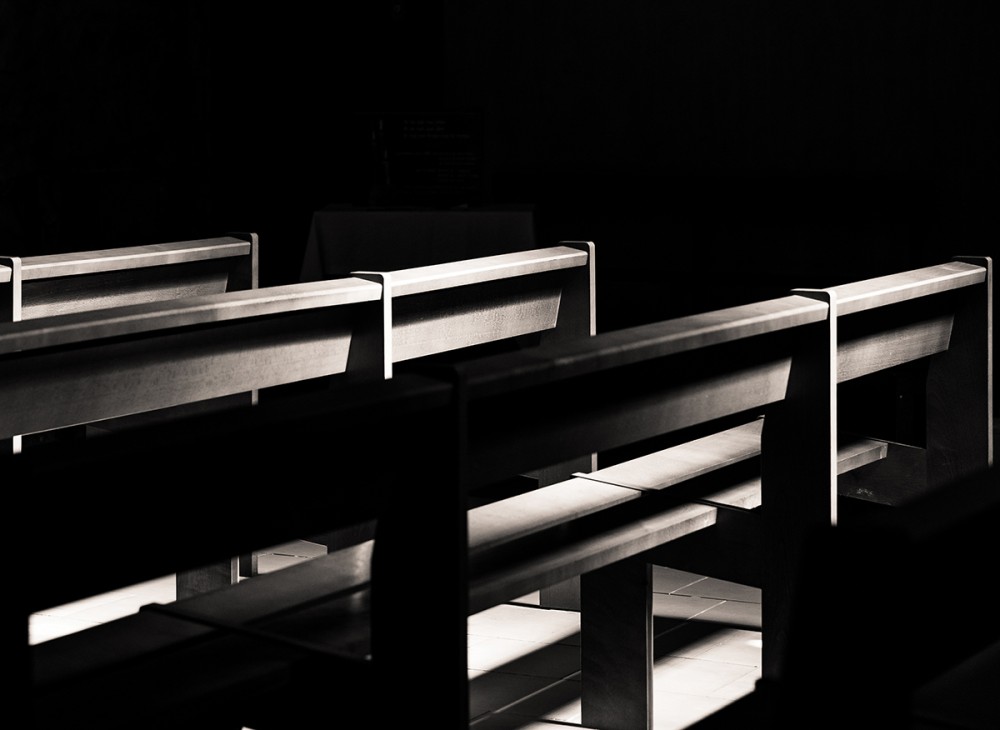Staying connected during the COVID-19 pandemic
What does it mean to be the church when we can’t be together?

In November 1918, as the Spanish flu was spreading in waves across the country, the Century criticized an Illinois church that had decided to conduct a public worship service against the orders of local health authorities. “When religion is inevitably tied up with a ‘meeting house,’ the closing of public worship means a separation from God,” the editors wrote. “But when religion concerns itself chiefly with human welfare interpreted from the divine standpoint, we are unwilling that one single person should die of an epidemic for the sake of an ordinance or a theory.”
A century later, American congregations are faced with similar concerns about what it means to be church during a pandemic. As a dangerous new coronavirus spreads and churches shut their doors, conversations about how to administer communion safely have shifted to a new set of questions: What might it look like to celebrate Easter without gathering in person? How can my congregation survive the loss of Sunday offerings for so many weeks? What kind of pastoral support can we give to those members whose only social interactions happen at church? How can we keep feeding our hungry neighbors when our soup kitchen is shut down?
These questions are painful. Christianity is, at its heart, an incarnational faith. Worship embodies the belief that God’s grace comes through physical contact: water trickling down a forehead, bread dissolving on a tongue, wine tickling the back of a throat, one person’s hand squeezing another’s. While the closing of public worship and church-based outreach don’t mean separation from God, there is real grief around the suspension of these tangible forms of connection to Christ, to others, and to the world.




